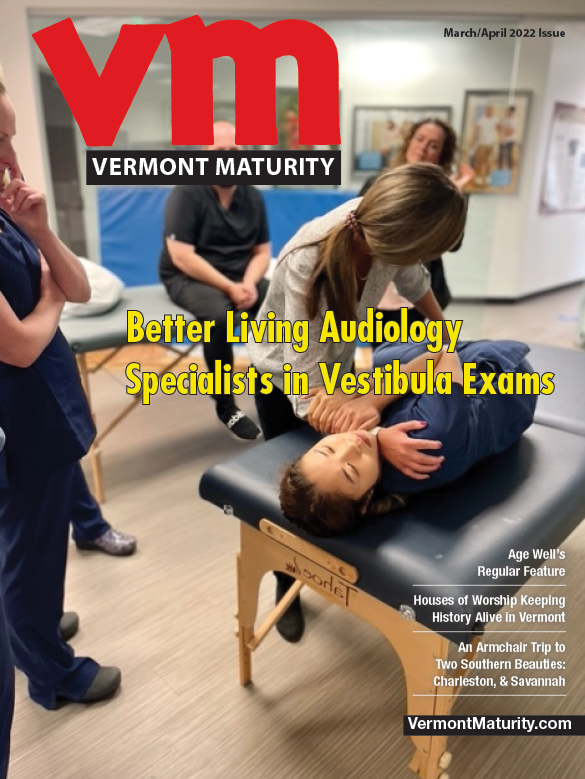
One afternoon a couple of months ago, my colleague stood up from his chair and declared “I need to stop for a minute and take my medicine.” He then proceeded to roll out a yoga mat and run through a short series of exercises and focused breathing. The whole thing took him about 20 minutes then he was back at his laptop to finish the day’s work. As a Physical Therapist, his remark about “taking his medicine” really had a profound impact on me. In our line of work, it usually takes weeks or months of daily effort on behalf of the patient to get positive results. In a nation that values expediency above most things, one of the biggest barriers to patient recovery is the notion that daily exercise takes too much time.
As technology has advanced in the medical community, we have developed a pill for just about everything. High blood pressure? Take a pill. Anxiety? Depression? We got a pill for that. Back pain? Here’s your pill. High cholesterol, trouble sleeping, overweight, osteoporosis? The list goes on and on. We tend to want a quick fix to all our health problems so if a pill can’t be prescribed for an issue, we often think it isn’t treatable. In my colleague’s case, his own health was deteriorating from Lyme disease as the providers tried medications to no avail. Ultimately, they shrugged their shoulders and ran out of things to prescribe. He turned to diet and therapeutic exercise, in his case yoga, and it was life changing. Making time for focused, purposeful movement every day saved his life and restored his health.
Many medications to treat conditions such as high blood pressure, high cholesterol, trouble sleeping, obesity, osteoporosis, anxiety, and depression often have side effects. Potential side effects can include dizziness, fatigue, irregular heart rate, and shortness of breath, just to name a few. Most of these same conditions can be effectively treated, or potentially prevented, using therapeutic exercise. According to the Mayo Clinic, the National Institute of Health, and countless other sources, daily exercise has been shown to lower blood pressure, control weight, reduce cholesterol, lower blood glucose levels, boost mood, improve sleep, strengthen bones, improve mental clarity, and reduce risk for certain cancers.
Rather than resigning ourselves to the notion that with age comes the inevitable daily consumption of pharmaceuticals, we could instead start “taking our medicine” now and move our bodies with purpose and intention. Try a brisk walk, ride a bike, gentle yoga, meditation, tai chi, swim, or dance. If you would like guidance as to what type of exercise would work best for you, reach out to one of the many high quality physical therapy clinics across the state. Never make any adjustments to an existing prescription medication regimen without first consulting your physician.
Dr. Sydney Swindell received her Doctorate in Physical Therapy from the University of Vermont. She is a Vermont Licensed, local private practice owner located in Williston where she lives with her family. Sydney specializes in treating balance disorders to reduce fall risk and improve overall function. She can be reached by phone 802-857-5407, email sydney.swindell@fyzical.com or visit her website Fyzical.com/williston.
Related Articles & Free Vermont Maturity Magazine Subscription

Manage the Meaning of Exercise for Increased Success






Comment here